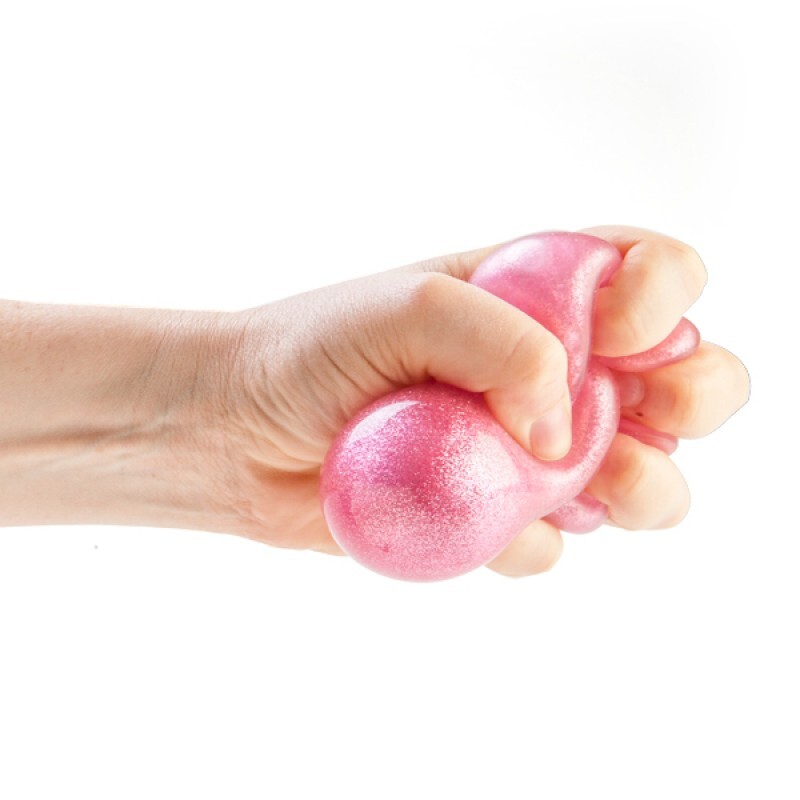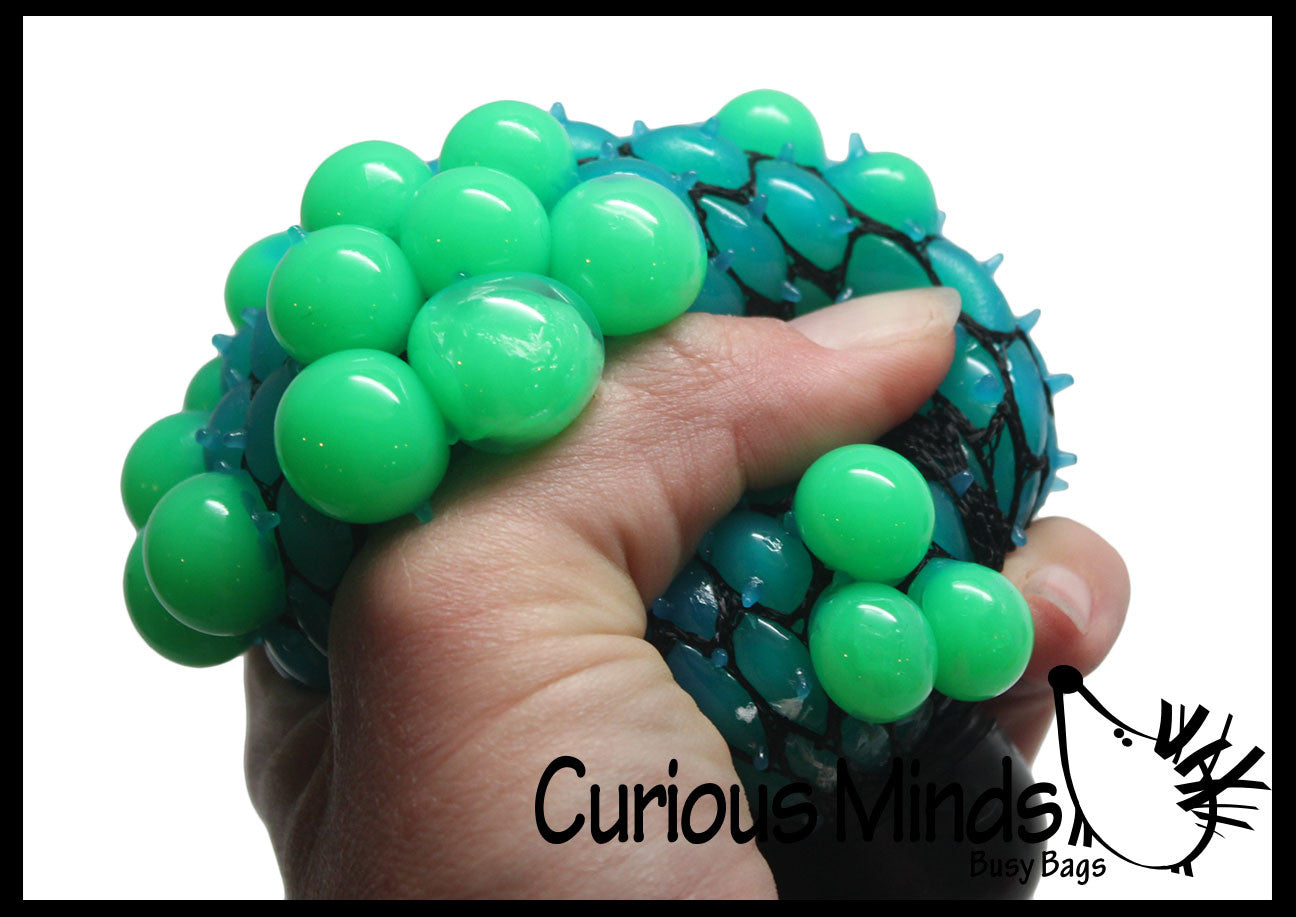

Therefore, strain is a dimensionless number. Strain is given as a fractional change in either length (under tensile stress) or volume (under bulk stress) or geometry (under shear stress). The quantity that describes this deformation is called strain. 1 psi = 6895 Pa and 1 Pa = 1.450 × 10 −4 psi 1 atm = 1.013 × 10 5 Pa = 14.7 psi.Īn object or medium under stress becomes deformed. When one newton of force presses on a unit surface area of one meter squared, the resulting stress is one pascal:ġ psi = 6895 Pa and 1 Pa = 1.450 × 10 −4 psi 1 atm = 1.013 × 10 5 Pa = 14.7 psi. The SI unit of stress is the pascal (Pa). In such a case, when deforming forces act tangentially to the object’s surface, we call them ‘shear’ forces and the stress they cause is called shear stress.

For example, suppose you hold a book tightly between the palms of your hands, then with one hand you press-and-pull on the front cover away from you, while with the other hand you press-and-pull on the back cover toward you.

In other situations, the acting forces may be neither tensile nor compressive, and still produce a noticeable deformation. When an object is being squeezed from all sides, like a submarine in the depths of an ocean, we call this kind of stress a bulk stress (or volume stress). When forces cause a compression of an object, we call it a compressive stress. When forces pull on an object and cause its elongation, like the stretching of an elastic band, we call such stress a tensile stress.

Stress is generally defined as force per unit area. Stress is a quantity that describes the magnitude of forces that cause deformation. In the language of physics, two terms describe the forces on objects undergoing deformation: stress and strain. Deformation is experienced by objects or physical media under the action of external forces-for example, this may be squashing, squeezing, ripping, twisting, shearing, or pulling the objects apart. Even very small forces are known to cause some deformation. A change in shape due to the application of a force is known as a deformation. Similarly, someone who designs prosthetic limbs may be able to approximate the mechanics of human limbs by modeling them as rigid bodies however, the actual combination of bones and tissues is an elastic medium.įor the remainder of this chapter, we move from consideration of forces that affect the motion of an object to those that affect an object’s shape. However, under other circumstances, both a ping-pong ball and a tennis ball may bounce well as rigid bodies. For example, a ping-pong ball made of plastic is brittle, and a tennis ball made of rubber is elastic when acted upon by squashing forces. The extent to which an object can be perceived as rigid depends on the physical properties of the material from which it is made. It is very useful when analyzing mechanical systems-and many physical objects are indeed rigid to a great extent. Describe the types of elastic deformation of objects and materialsĪ model of a rigid body is an idealized example of an object that does not deform under the actions of external forces.Explain the concepts of stress and strain in describing elastic deformations of materials.Unnatural, unique and unusual - grip and squelch today.By the end of this section, you will be able to: If you regularly feel the need to fidget or if you're an overstressed adult in need of a break at work, why not try a stress squeeze ball as awesome as this one? You'll have great fun varying the squeeze to find out all the different colours you can make the ball go, not to mention seeing how hard you can manage to squish it. You can easily spend hours watching the colours change back and forth. Children will be excited to discover that it is filled with different coloured gunk so when the mesh stress ball is squished, the boils that overcome the bag turn a different colour! Release your grip to watch them fade again and reduce in size. Encompassed by a little black net, lumps of goo grow though the holes when it's squeezed. Perfect for palm play, these stress balls for children are a textured and tactile toy. This squishy ball might look a bit weird but you'll soon find out that it's a lot of fun. With slight bounce-ability and a lot of squash-ability, it's a terribly addictive toy. This mildly gross but oddly fascinating squeeze ball is a strange thing to observe as it bulges out of its black mesh bag. No matter how hard you try, you won't be able to resist giving the Squishy Mesh Ball a quick squash.


 0 kommentar(er)
0 kommentar(er)
